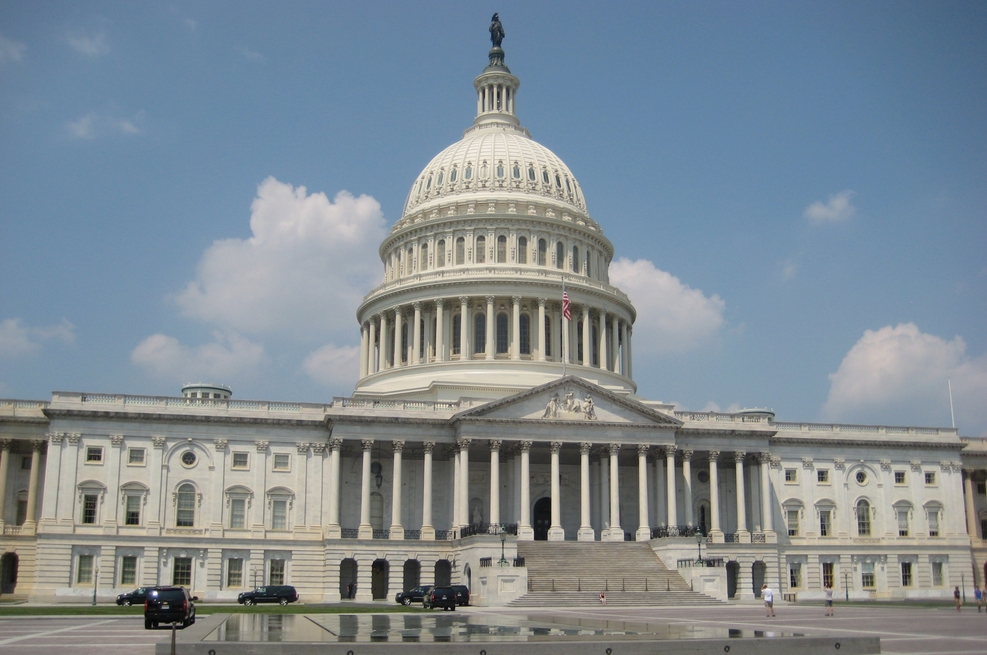BETHEL-Conan Murat has a tough schedule. About every other week he packs up a portable dental office, checks his groceries, sleeping bags and other supplies, then he flies to one of his 13 assigned remote villages in the Yukon-Kushkokwin Delta.
Then remote is a relative word: Murat’s base is Aniak, some 90 air miles north of Bethel, and a village of just more than 500 people. When he reaches his destination Murat performs the tasks of basic dentistry: fillings, nerve treatments, x-rays, stainless steel crowns, extraction of teeth and preventative care.
Murat’s visit opens up a new world and the prospect of significantly improved dental health. Dental health therapists now serve some 35,000 Alaska Natives in villages across the state.
Before Murat, people in Aniak had to travel to Bethel (at a fare ranging from $362 to $671 as of today) for basic dental services. Or they could wait a year for an annual visit by a dentist.
In practice that meant no dental care.
A 1998 study by the SouthEast Alaska Regional Health Consortium showed that only 20 dentists were serving more than two hundred villages and some 85,000 people. Compounding that dentist shortage is rampant tooth decay among Alaska Natives; nearly 70 percent of children under 14 have dental caries (a bacteria process that causes decay) and more than 90 percent of adolescents show the disease.
A decade ago the Alaska Native Tribal Health Consortium began planning for a new dental health initiative, one modeled after the successful Community Health Aide Program. Then in 2003, six students traveled to New Zealand for a two-year training program as dental health therapists. That’s half the time it takes to train a dentist — and at a cost significantly less. Moreover, Murat and other Alaska Native dental health therapists are committed to working in villages, places where routine health care is absent. (Of course that’s true of most of Indian Country. We all know about how difficult it is to get an appointment with a dentist on a regular schedule.)
Now the training is conducted by the ANTHC in partnership with the University of Washington at classrooms and clinics in Anchorage and Bethel. The Alaska program was unsuccessfully challenged by the American Dental Association — and the ADA continues to block expansion to other reservations through a provision in the Indian Health Care Improvement Act.
Last week I visited Bethel funded by a grant by the W.K. Kellogg Foundation (a major supporter of the dental health therapists project). I thought (and have written before) that this program was an important innovation. It’s that and more so.
A number of dentists were also a part of this Kellogg visit. Most of asked tough questions about the program, but came away seeing its value and potential.
The young people who go through this program start with a high school education or a GED. They quickly become health care leaders in their community. And why not? Dental health therapists are good, long-term jobs that provide immediate better oral health and other health benefits to villages. It makes life better.
Kate Kohl, a second-year student, said the program is challenging. “Sometimes I call it dental boot camp,” she says. It’s improved her communications skills and she says she’s more assertive. “I am growing as an individual, a character and as a professional.”
There are so many reasons why this program must be expanded beyond Alaska. We need more health care providers who can deliver basic services. Mid-level programs, like this one, create a professional class of young people who use their newly acquired skills to serve their community. And, this is a business model that makes sense both for the patients and for the tribal, regional or IHS facility. It stretches dollars while providing better service.
And, most important, the dental health therapist program is designed by native communities for native communities. It’s excellent and that’s the essence of self-determination.
Mark Trahant is a writer, speaker and Twitter poet. He is a member of the Shoshone-Bannock Tribes and lives in Fort Hall, Idaho. Trahant’s recent book, “The Last Great Battle of the Indian Wars,” is the story of Sen. Henry Jackson and Forrest Gerard.





